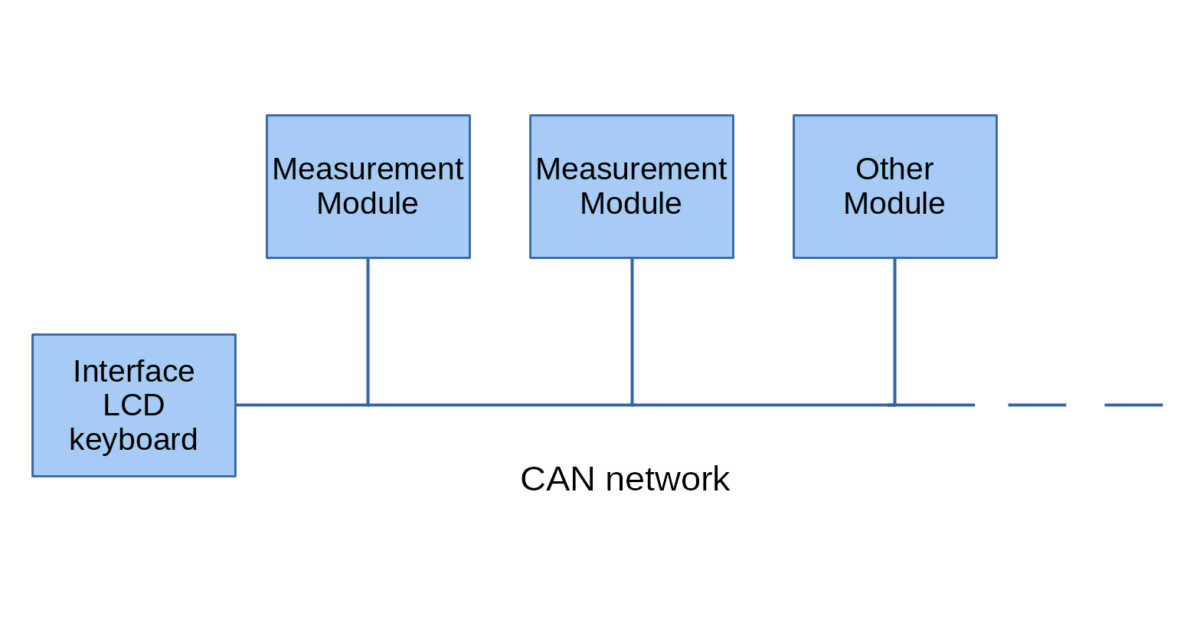The use of an experimental board such as the Curiosity PIC32MZ EF 2.0 Development Board
https://www.microchip.com/DevelopmentTools/ProductDetails/PartNO/DM320209
is an interesting solution to quickly start prototyping.
Basing further development on a highly centralized architecture is a common approach.
The disadvantage is that possible modifications require the entire circuit to be rebuilt.
This is why splitting into smaller modules is a more malleable strategy.
The interface (LCD screen, HTML pages) can thus be separated from the measurement modules. This would provide an interface for an entire network of one or more measuring modules.
Smaller modules can then be added to the network as a project develops.
This requires M to M protocol. The CAN protocol is an interesting choice for its ability to connect all the modules in star configuration without having to use a master module that gives the various modules in turn a speaking time. This is because frame collisions are managed physically.
Also, a CAN network does not require all the necessary configurations with Ethernet: no need to configure IPs, etc.
Therefore, we will first focus on the network and the interface before designing measurement modules. This gives the order in which to proceed for the first demonstrator: basic network, an interface, a measurement module.
The idea is to limit the complexity of the first demonstrator. The whole thing can be improved in a second step, especially in terms of software.
